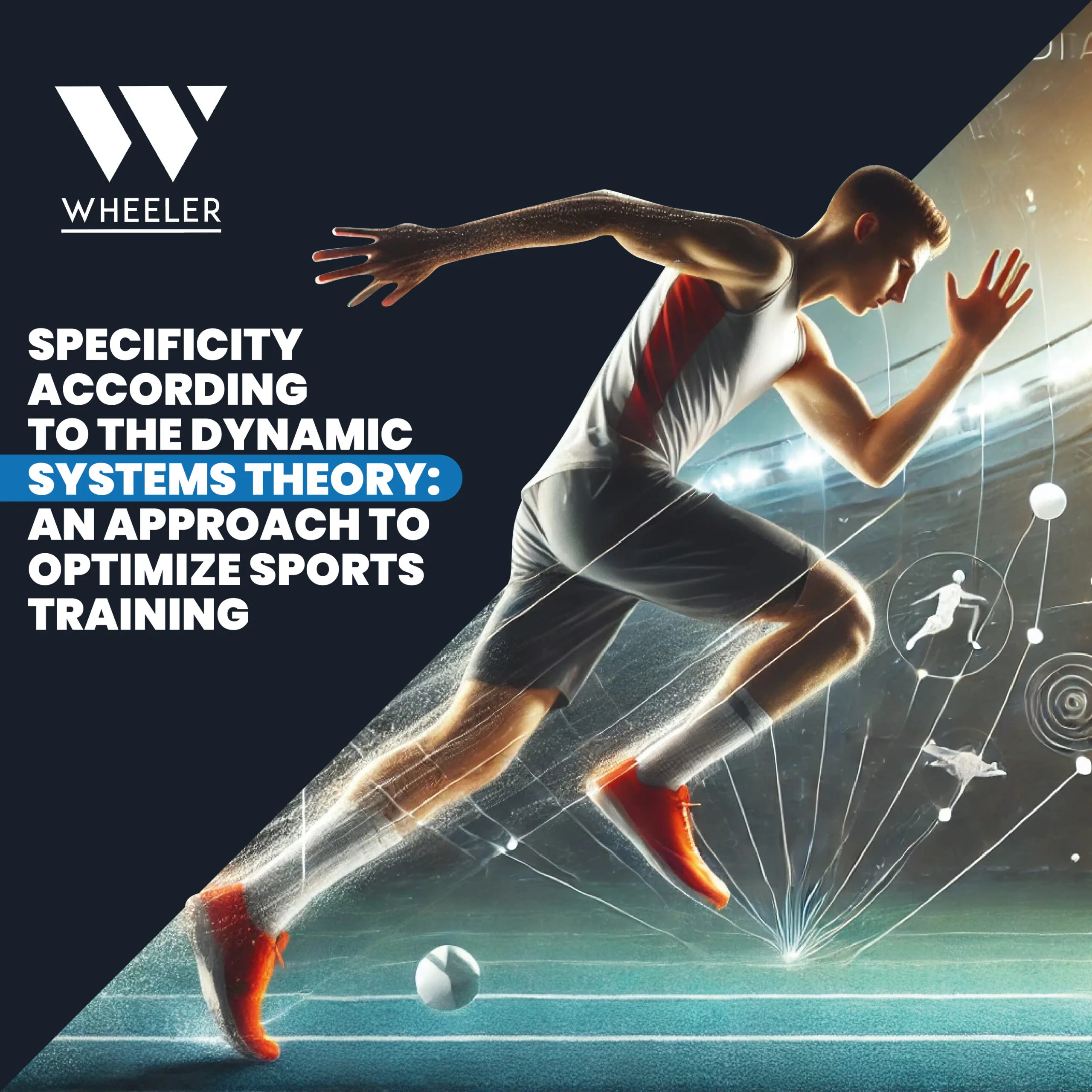Hello Coaches, Today, let’s explore a game-changing concept for designing training programs: specificity from the perspective of the Dynamic Systems Theory (DST). While specificity is a cornerstone of sports training, DST adds a deeper, more nuanced understanding that directly impacts athlete performance. Here’s a breakdown of this innovative approach, how it diverges from traditional methods, […]
Hello coaches, Let’s talk about an exciting concept that bridges biology, biomechanics, and training: biotensegrity. This innovative framework gives us a new way to understand how the body moves, transfers forces, and maintains structural integrity. When combined with plyometric training, it opens up incredible opportunities to develop explosive power, prevent injuries, and improve overall athletic […]
Hello coaches, Today, let’s dive into a fascinating and often overlooked topic in the fitness world: fascia. This connective tissue has gained significant attention in recent years—and for good reason. Its impact on performance, mobility, and injury prevention is enormous. In this article, we’ll explore what fascia is, how it influences movement, and how we […]
Today, neurosciences play a fundamental role in sports performance. Understanding how the brain works and how it connects with the body is key to helping athletes reach their full potential. In this article, we will explore how advancements in brain studies and their interactions with the body can assist physical trainers and physiotherapists in improving […]
Neuroscience applied to sports has emerged as a key field for improving athletic performance, optimizing recovery, and understanding how the mind influences the body during sports practice. While physical training has long been the primary focus in athlete preparation, it is now recognized that the brain plays a crucial role in every action, from decision-making […]
Soccer, as a high-intensity sport with complex physical demands, is associated with a high injury incidence. Conditioning and injury prevention programs are crucial for optimizing performance and reducing risks for high-level players. This article reviews the most important elements that should be included in such a program, highlighting methods supported by recent research. The Importance […]
Hamstring injuries are one of the most common and frustrating issues in soccer, especially due to their high recurrence rate and difficulty in achieving full, lasting recovery. These injuries affect player performance and coaches’ planning, making prevention a priority in physical conditioning programs. This article focuses on current hamstring injury prevention methods and how to […]
In high-performance sports training, strengthening the hamstrings is essential not only for improving performance but also for preventing injuries. One of the most effective yet underexplored methods for this purpose is flywheel resistance training. This method enables functional, efficient training that significantly impacts the muscle architecture of the hamstrings, translating into both structural benefits and […]
Flywheel training has become a popular method for improving hamstring strength, essential for sports requiring speed and explosiveness. Based on eccentric resistance principles, this method not only aids in strength gains but also provides injury protection, crucial for high-performance athletes. What is Flywheel Training? Unlike traditional weight training, where resistance is constant, flywheel training uses […]
Strength training has long been recognized as one of the most effective strategies for improving physical performance and body composition. In recent years, eccentric overload methods have gained increasing attention due to their benefits on strength, hypertrophy, and athletic performance. Based on my research and experience in this field, I want to explore the effects […]











